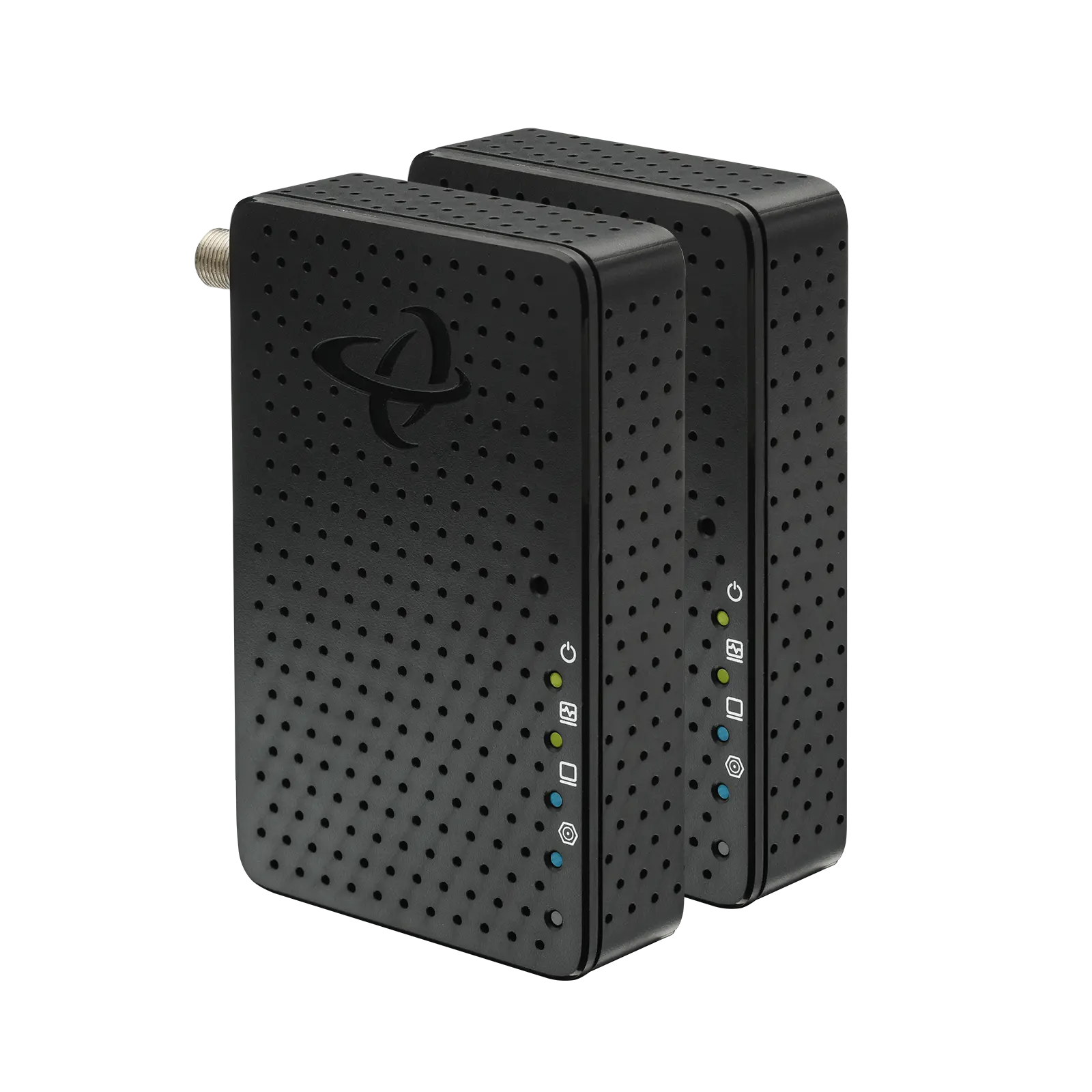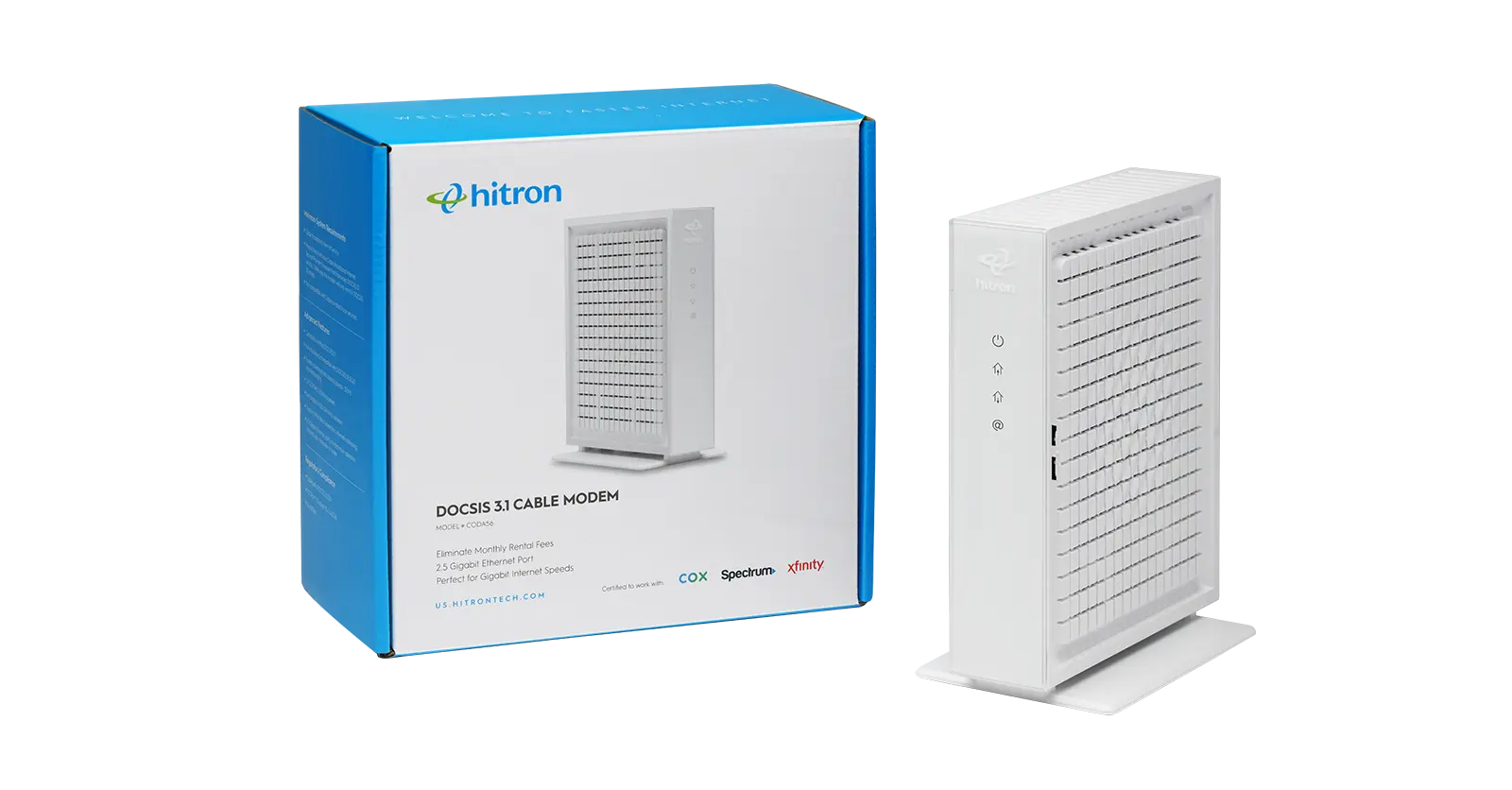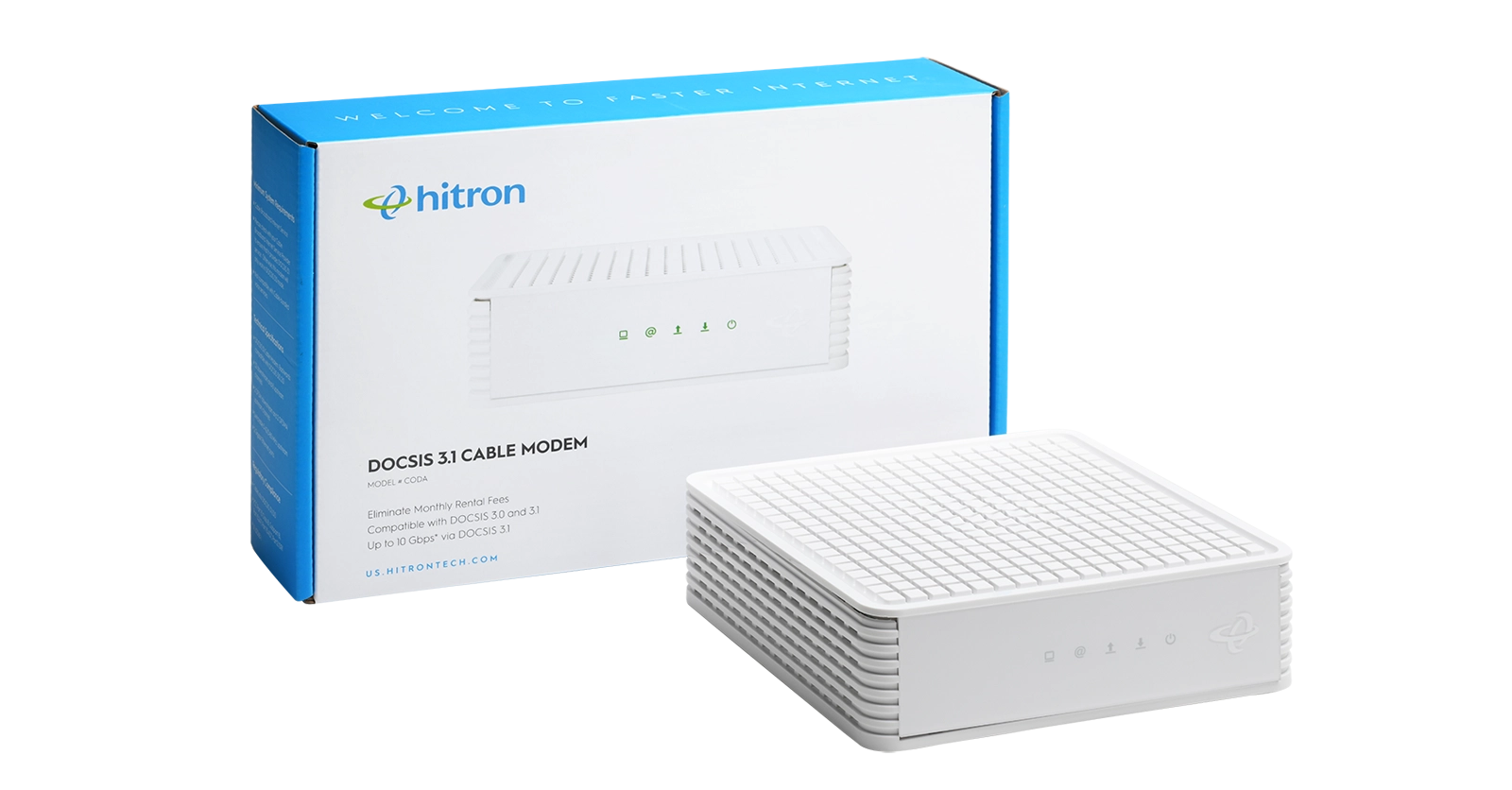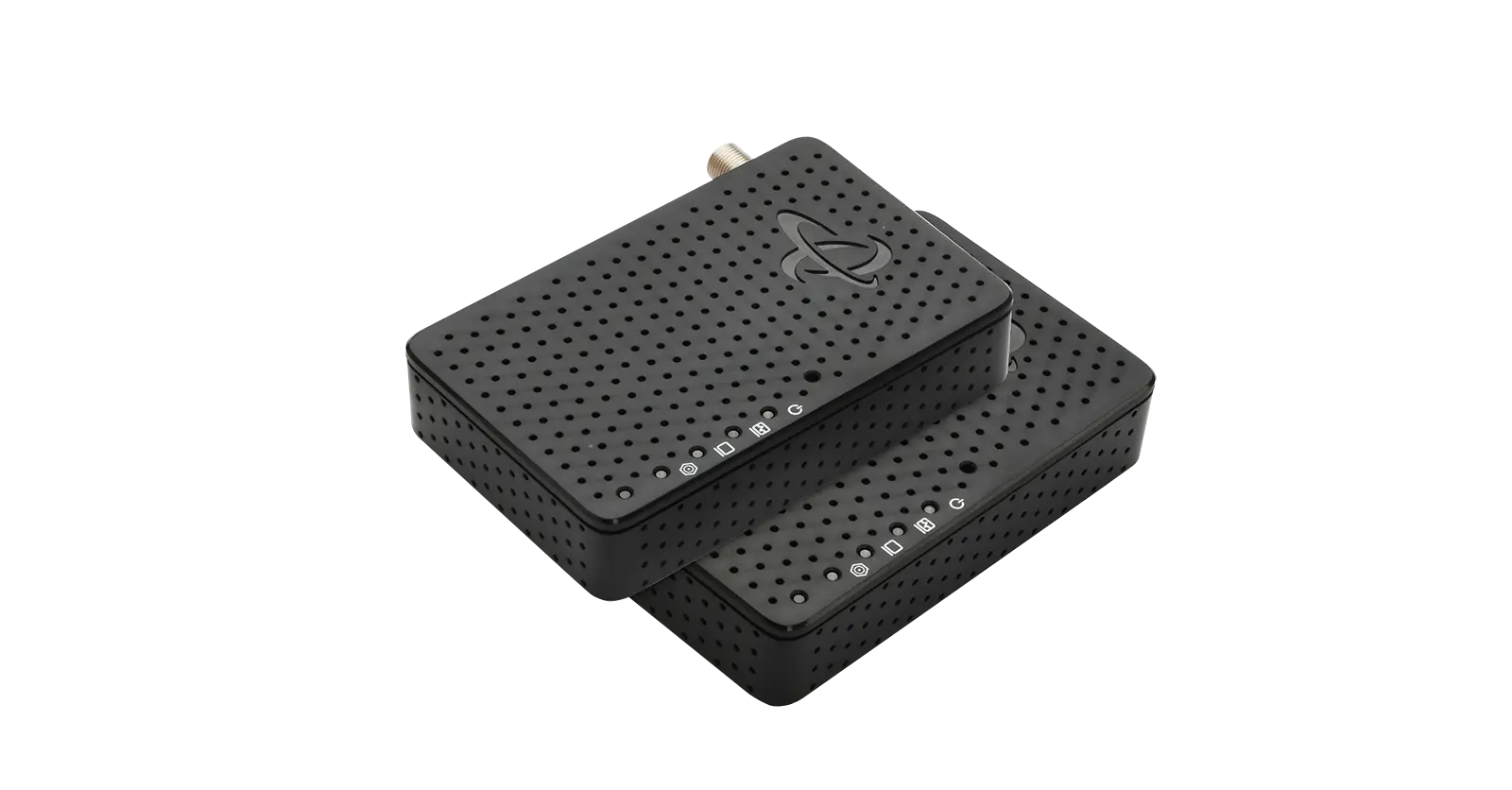MoCA (Multimedia over Coaxial Alliance) and Ethernet are different but do share some similarities. For one, they are both wired Internet solutions for your home. If you are unsure of exactly what MoCA is, you can read more about it here.
MoCA: The idea of MoCA is to use the existing TV cable wiring (coaxial cables) in your home to transmit data. With MoCA, the bandwidth across all MoCA adapters in your home is shared. The MoCA adapters convert your coax wiring into an Ethernet-like network connection to give you a bigger pipe and faster network backbone.
Ethernet: The idea of Ethernet is to use individual wires (Ethernet cables). With Ethernet, bandwidth is separate to each individual wire or cable. Individual Ethernet cables do not share bandwidth.
With MoCA, you can get up to approximately 1 Gigabit (Gbps) network speeds. With Ethernet, you might be able to get faster speeds, however you are tethered to the Ethernet cable and will need to invest in additional equipment and accessories.
MoCA (coax) networks are designed to handle very high-bandwidth applications, such as your TV signals, so it’s reasonable to expect increased speeds and performance to your connected end devices when they are connected to your MoCA network. MoCA is the best option next to running Ethernet. With MoCA, you can get up to 1 Gigabit (Gbps) network speeds. With Ethernet, you might be able to get faster speeds, however you will need to invest in additional equipment and accessories.
There are pros and cons to using either technology to boost your Internet performance. Consider the following pros and cons for MoCA vs Ethernet
MoCA vs Ethernet
Here is a snapshot of benefits and shortcomings between MoCA and Ethernet to help you decide which is best for you:
Your Situation
MoCA
Ethernet
MoCA benefits:
- Uses existing cables in your home (coax cables)
- No expensive or messy setup (reduced cable clutter)
- Easy to set up compared to Ethernet
- Lower latency and reduced lag to every corner of your home
- Less interference risk than Wi-Fi or powerline networking
- Secure technology
MoCA shortcomings:
- Limited to 16 MoCA devices in one space. However, depending on your home size, you likely won’t need that many. But if you do, you can get around the restriction by using Ethernet switches hooked directly to a MoCA device.
- MoCA only works with traditional cable TV providers
- May not realize 1 Gbps speeds, especially with multiple devices in the home.
Ethernet benefits:
- Speeds – it’s true, Ethernet can get fast Internet connection
- Direct connection avoids most interferences
Ethernet shortcomings:
- Installation requires a professional, which can get expensive
- The structure of your home may not allow installation, or at least make it very challenging
- Each device in the home needs its own Ethernet cable (can get expensive and creates cable clutter in the home)
- If too many people connect to the Internet at once, speeds will fall
As you can see from the pros and cons above, Ethernet may be faster than MoCA, but that comes at a high cost. If you are looking for a reliable, convenient and also fast setup, MoCA is the way to go.
At the end of the day, it’s your decision to make. However, MoCA is designed to make your Wi-Fi better. If you are not satisfied with your home Wi-Fi network’s performance and notice that it could use a boost, turn to MoCA. It’s a worry-free, no additional wires, no expensive installation or setup, always reliable solution. MoCA lowers latency (no lag) and improves your connection speed.
Looking to boost your Wi-Fi? MoCA technology is the way to go. Get MoCA adapters like our HT-EM4 MoCA adaptersto transform your coax wiring today.



